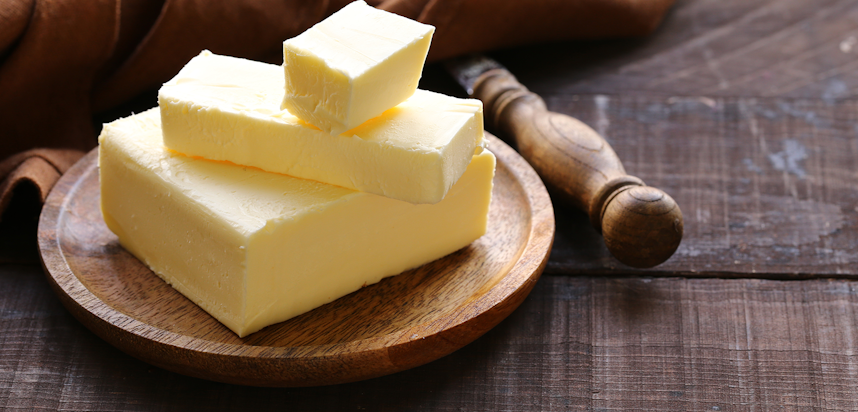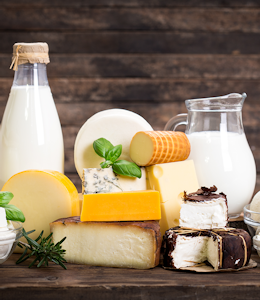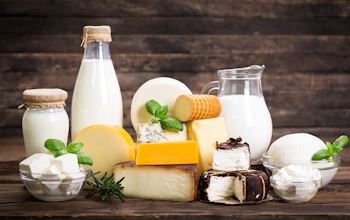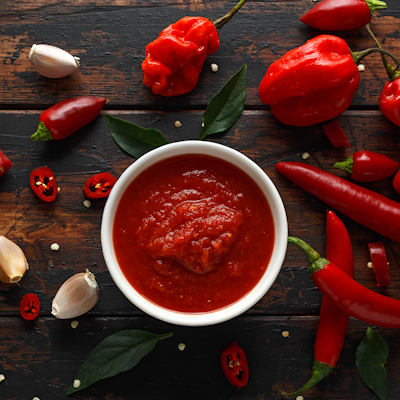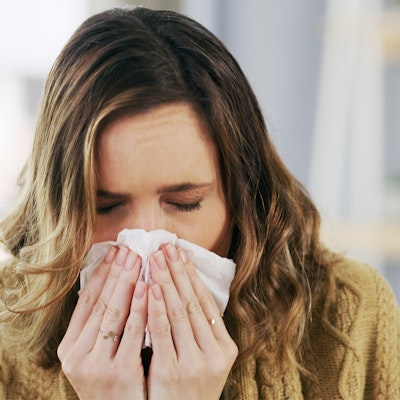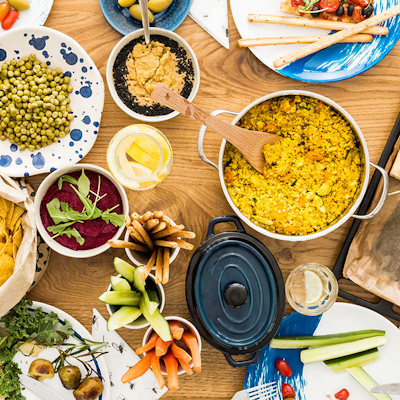The ultimate guide to butter
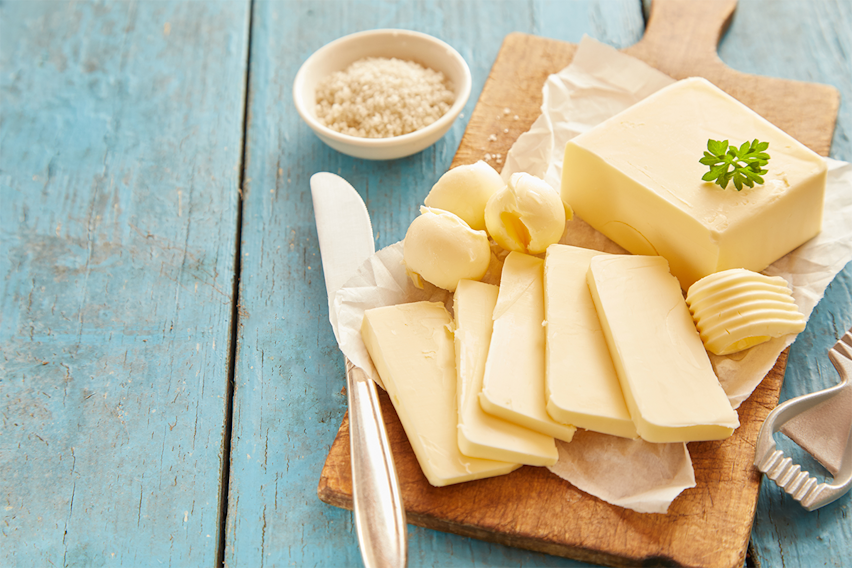
Butter has been a culinary staple around the world for hundreds of years, and with good reason - it makes everything taste better!
But in the modern food landscape taste isn’t the only thing to be considered when planning a menu. Do your ingredients contain any allergens? Is the dish suitable for vegans? Coeliacs? How much sugar and fat is in the recipe?
At Erudus we have tools like the Allergen & Nutritional Data Search and Recipe Builder to help you find out everything you need to know about your recipes and the products you’re using, but we’re also dedicated to providing inspiration and resources for Caterers.
And with that in mind, here is a guide to everything you could wish to know about butter...
What is butter?
Butter is a semi-solid dairy product usually derived from cow milk, but sometimes from the milk of other mammals such as sheep, goats and yaks.
It is made by churning cream to separate the fat and protein from the buttermilk. Butterfat is the solid that remains after the separation, to which water and sometimes other ingredients are added to create te emulsion that is butter.
What are the different types of butter?
There are several different types of butter. The main ones are:
- Unsalted Butter.
- Salted Butter.
- Sweet Cream Butter.
- Cultured Butter.
- Clarified Butter / Ghee.
- Organic Butter.
- Plant-Based Butter
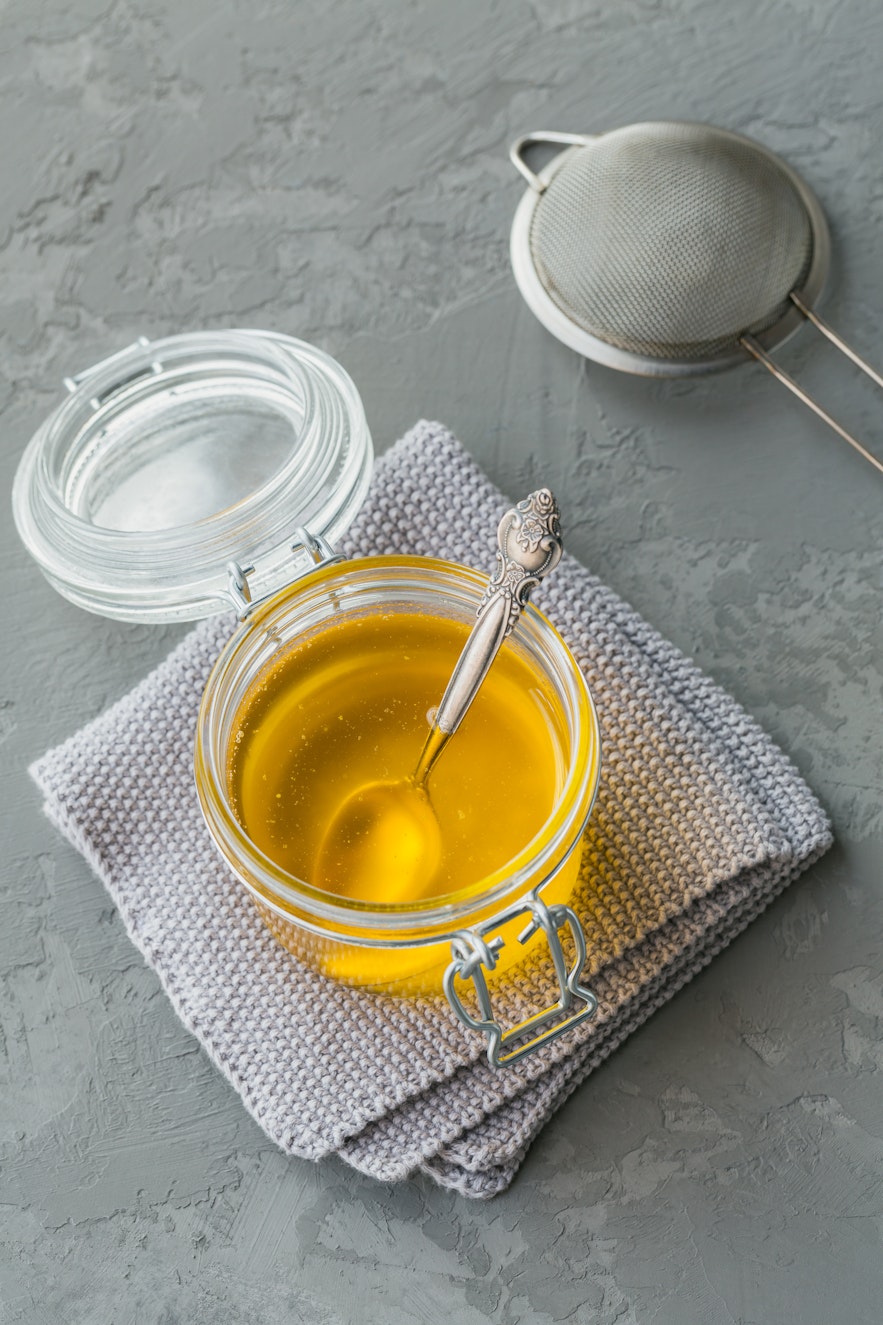
Unsalted butter
This is the purest type of butter. It has no added ingredients, including salt, and as a consequence it has a cleaner taste but a shorter shelf life than other varieties.
Salted butter
Salted butter is normal butter with the addition of salt - either table salt or sea salt. This gives it more flavour, and also acts as a preservative - prolonging the butter’s shelf life.
Whipped butter
Whipped butter has a light, fluffy texture and fewer calories per serving than other types of butter. This is because it has air whipped into it.
Cultured butter
The cream that is used to make cultured butter is fermented with cultured bacteria after the pasteurization process. Then it is made like all other butter. Cultured butter is creamy, and has a high melting point that allows it to stay solid for longer when spread on hot foods.
Clarified butter
The yellow liquid remaining after heating butter and removing the solids is pure butter fat, otherwise known as clarified butter. It is ideal as a base for cooking, because it has a lot of flavour and a higher smoke point than other butter.
Ghee, which is used frequently in South-East Asian cooking, is a type of clarified butter originating from India.
Organic butter
Organic butter is made with milk from cows (or other mammals) that have been grass-fed, and raised without growth hormones or antibiotics. Many people believe that a better life for the cows results in a richer butter with more flavour, and is better for the environment.
Plant-based butter
Plant-based butter is commonly referred to as ‘vegan butter’ and is not made from cow milk (or milk from any other kind of animal), but is a combination of oil from a plant (such as coconut, avocado or tree nut) and water.
What’s the difference between butter and margarine?
The main difference between butter and margarine is the ingredients. Butter is made from cream (derived from the milk of cows or other mammals), and margarine is made from vegetable oils (such as soybean, olive, corn, palm, canola). Whilst butter has been around for many centuries, margarine is thought to have originated in the mid-nineteenth century, by a Frenchman commissioned to create a butter substitute by the Emperor Napoleon.
Margarine contains less saturated fats than butter, but butter is generally less processed and has a richer, creamier texture.
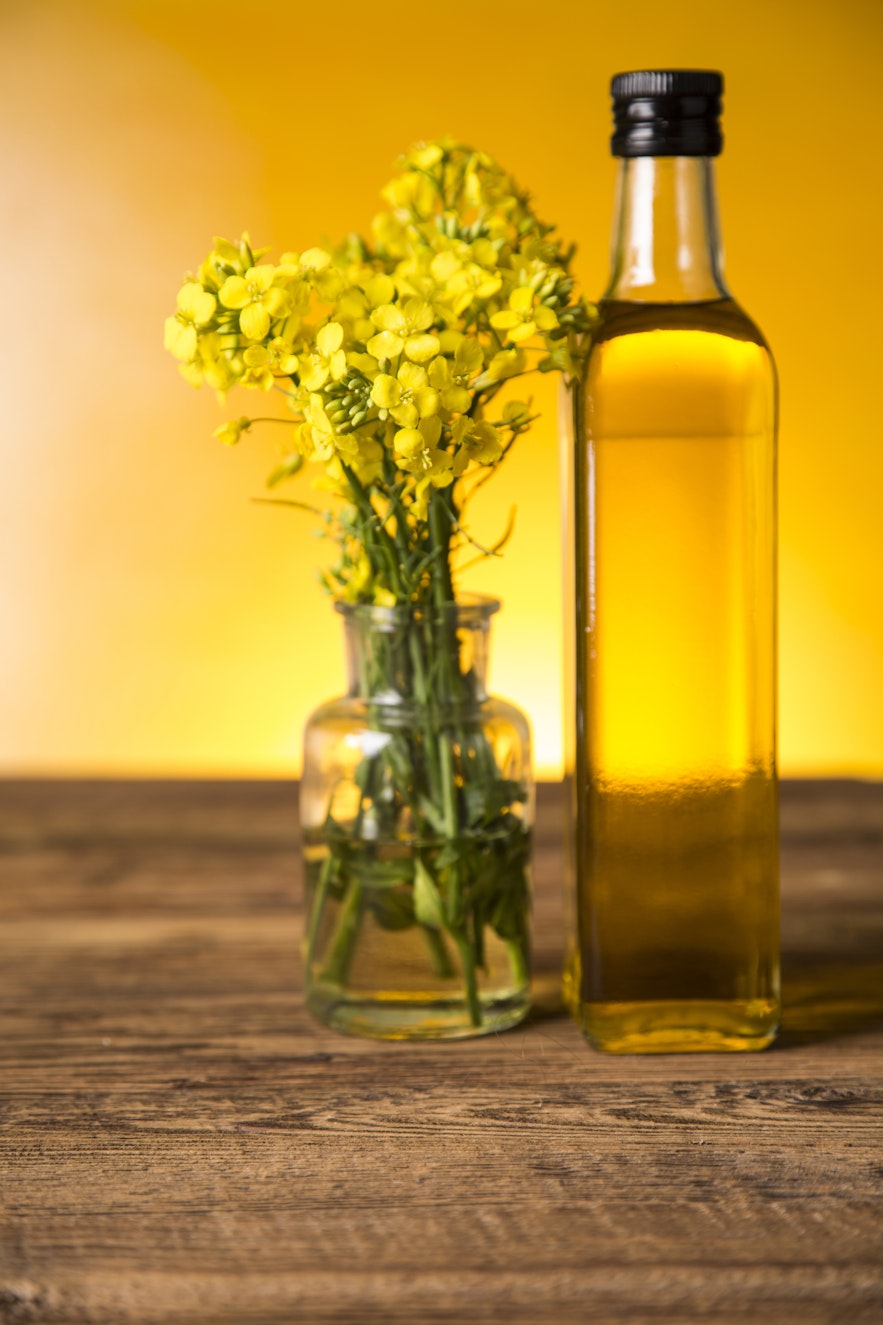
What is the difference between spreadable butter and normal butter?
Spreadable butter, sometimes called a ‘dairy blend’, is a mixture of butter and vegetable oil. The vegetable oil makes the butter softer, so that it is able to be spread straight from the fridge.
Whilst the type of vegetable oil used in a dairy blend can differ, many leading brands such as Lurpak opt for rapeseed oil - which is native to the UK.
Is butter an allergen?
Yes, butter is derived from Milk, one of the 14 major food allergens.
Plant-based butter may also contain allergens such as Soya or Nuts, which are also major food allergens.
Is butter vegan?
No, butter is not vegan. It is made from animal milk - usually cow but sometimes sheep or goat.
There are many plant-based butters and margarines on the market. However, it’s important to note that some margarines contain buttermilk, which is also derived from Milk.
What is vegan butter made from?
Vegan butter, also known as plant-based butter, is a non-dairy butter substitute. It is generally made from a plant-derived oil and water.
The plant-derived oil used differs from brand to brand adn variety to variety but is likely to come from one of the following sources:
- Avocados
- Coconuts
- Tree Nuts (such as almonds or cashews)
- Palm kernel
- Rapeseed
- Linseed
- Olives
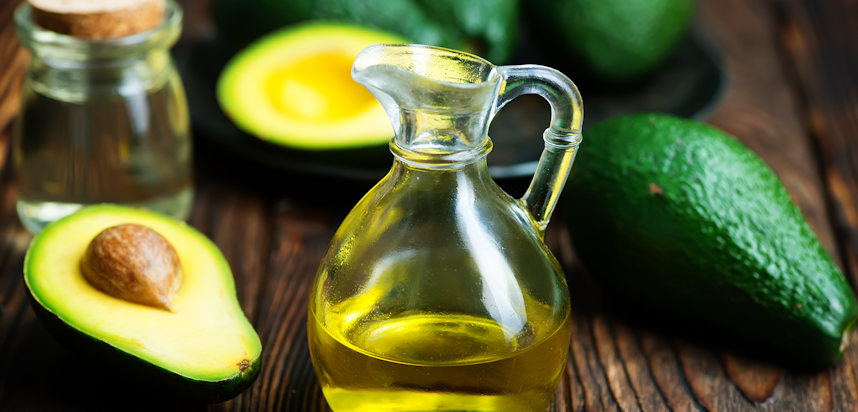
Is butter safe for Coeliacs?
Yes, most butter and margarine is safe for those with Coeliac disease to eat because they contain no Cereals containing Gluten.
Can you eat butter if you are lactose intolerant?
Although butter is a dairy product made with milk, many people who are lactose intolerant can eat small amounts of butter without suffering from a reaction. This is because butter is a high-fat product that only contains traces of lactose, so small amounts of it are not harmful to most people who are lactose intolerant.
What is butter used for?
Butter is used for cooking, baking, and greasing. It is commonly used in the following ways:
- As an ingredient in sauces, pasta dishes, curries and bakes.
- To pan fry, saute and roast meats and vegetables
- As ingredient in baked dishes such as cakes, biscuits, tarts and pies
- To grease baking trays and other utensils
- As the main ingredient in pastries such as croissants
- As a spread on sandwiches, crackers, toast, and bagels
- To serve on steak, baked potatoes and vegetables
- Add flavour to mashed potatoes and egg dishes
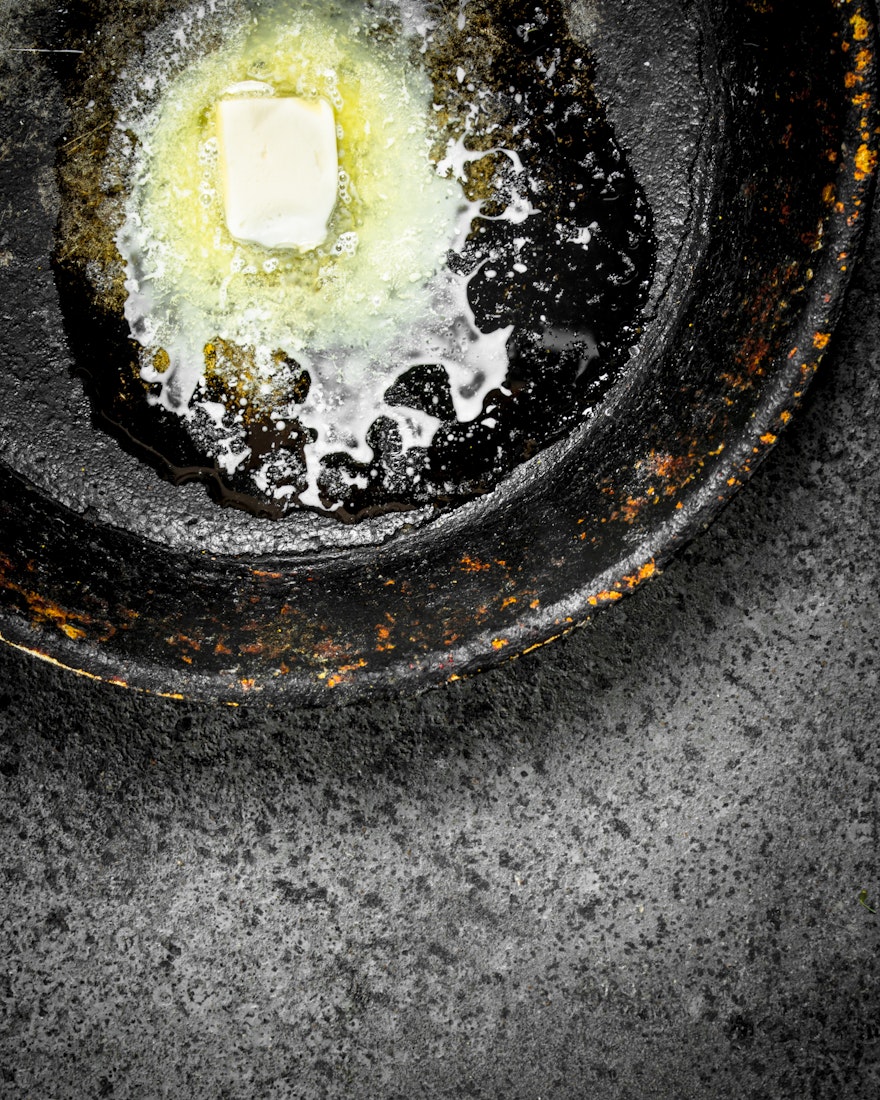
What do you eat with butter?
You can eat many things with butter. Not including dishes in which it is an ingredient, it is eaten with:
- Toast
- Crackers
- Rolls
- Bagels
- Pancakes
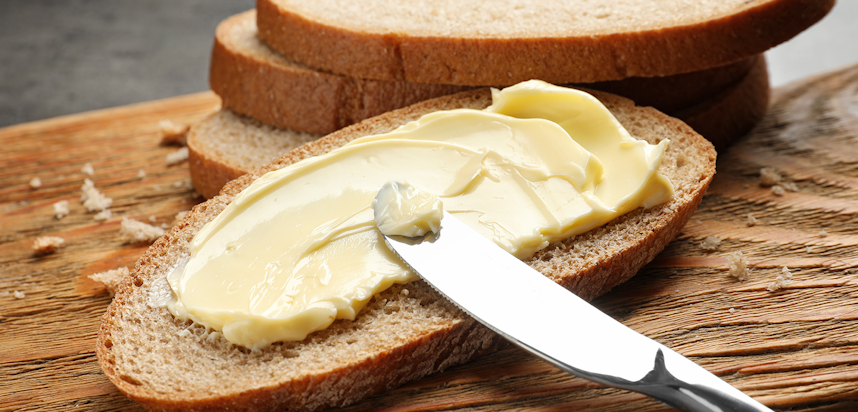
What temperature does butter melt at?
Butter melts at 36 degrees celsius. This is higher than normal room temperature but lower than the temperature of the human body.
Is butter good for you?
Butter has a bad reputation for being a saturated fat, but it also has many health benefits. It is rich in calcium, which is good for bones and teeth, and contains compounds that lower the chance of obesity. The fats in butter are good for skin and hair, and it also contains vitamin D - excellent for cell growth and development.
It’s true that butter is fatty, and high in calories, so it should not be consumed in excess, and unprocessed butter is healthiest.
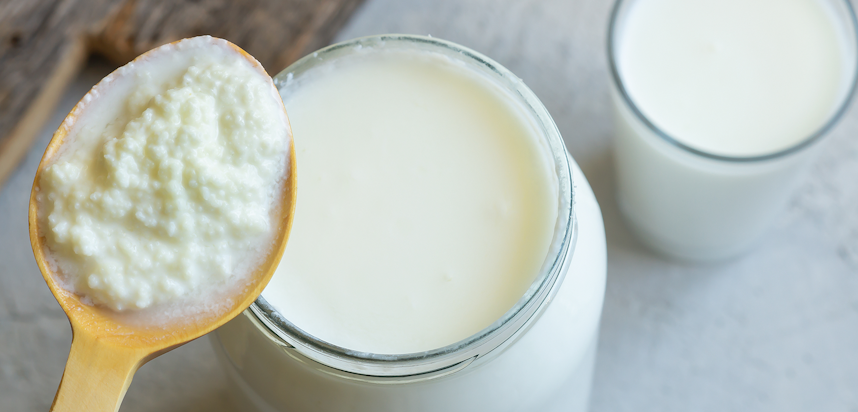
What is buttermilk?
Buttermilk is a fermented dairy product. When cultured cream is churned it separates into the liquid and the solid - the solid is used to make butter and the leftover liquid is buttermilk.
Buttermilk consists of lactose, casein and water and is used mainly for baked goods such as cakes and muffins, as well as a batter coating for fried foods. Buttermilk is similar to yoghurt, and in most recipes it can be substituted with youghurt and a squeeze of lemon juice.
What’s an alternative to butter?
The main direct substitute for butter is vegan butter or margarine. However, applesauce can be a good alternative for butter in baking recipes - just be sure to use half the amount of butter in the ingredients list.
Olive oil or coconut oil can be used instead of butter when greasing pans or cooking, and yoghurt can also substitute for butter in dishes that do not require large amounts of butter.
